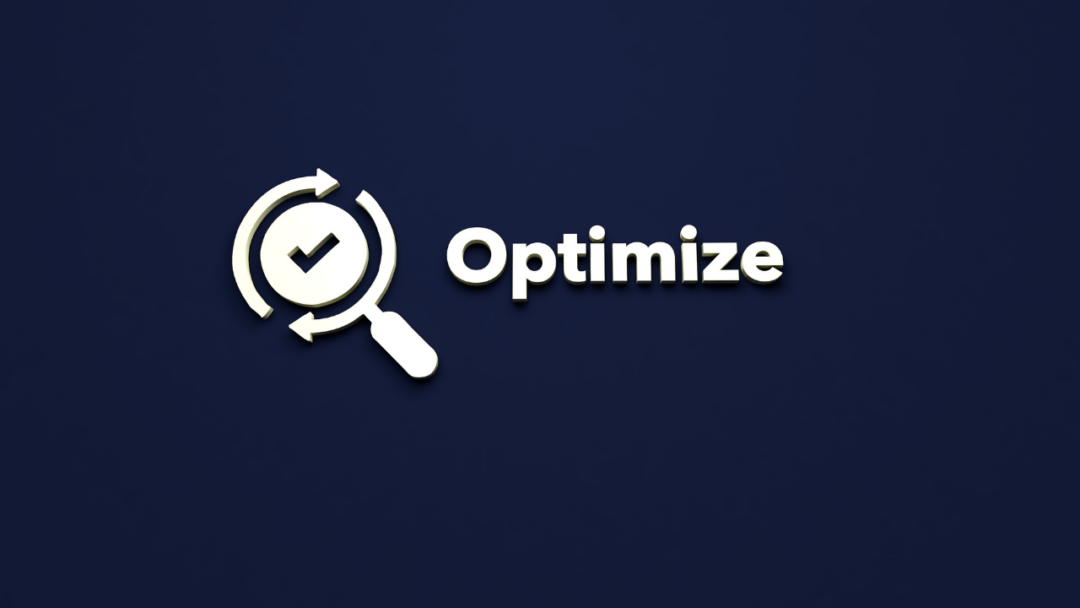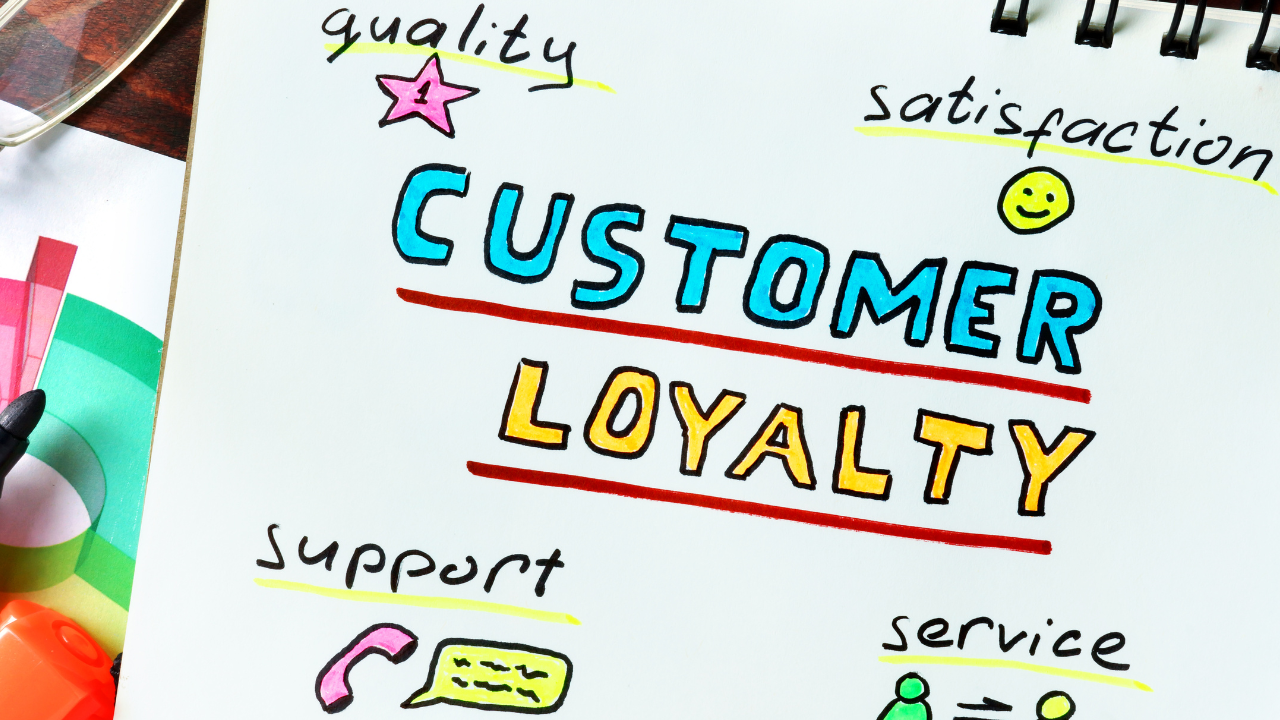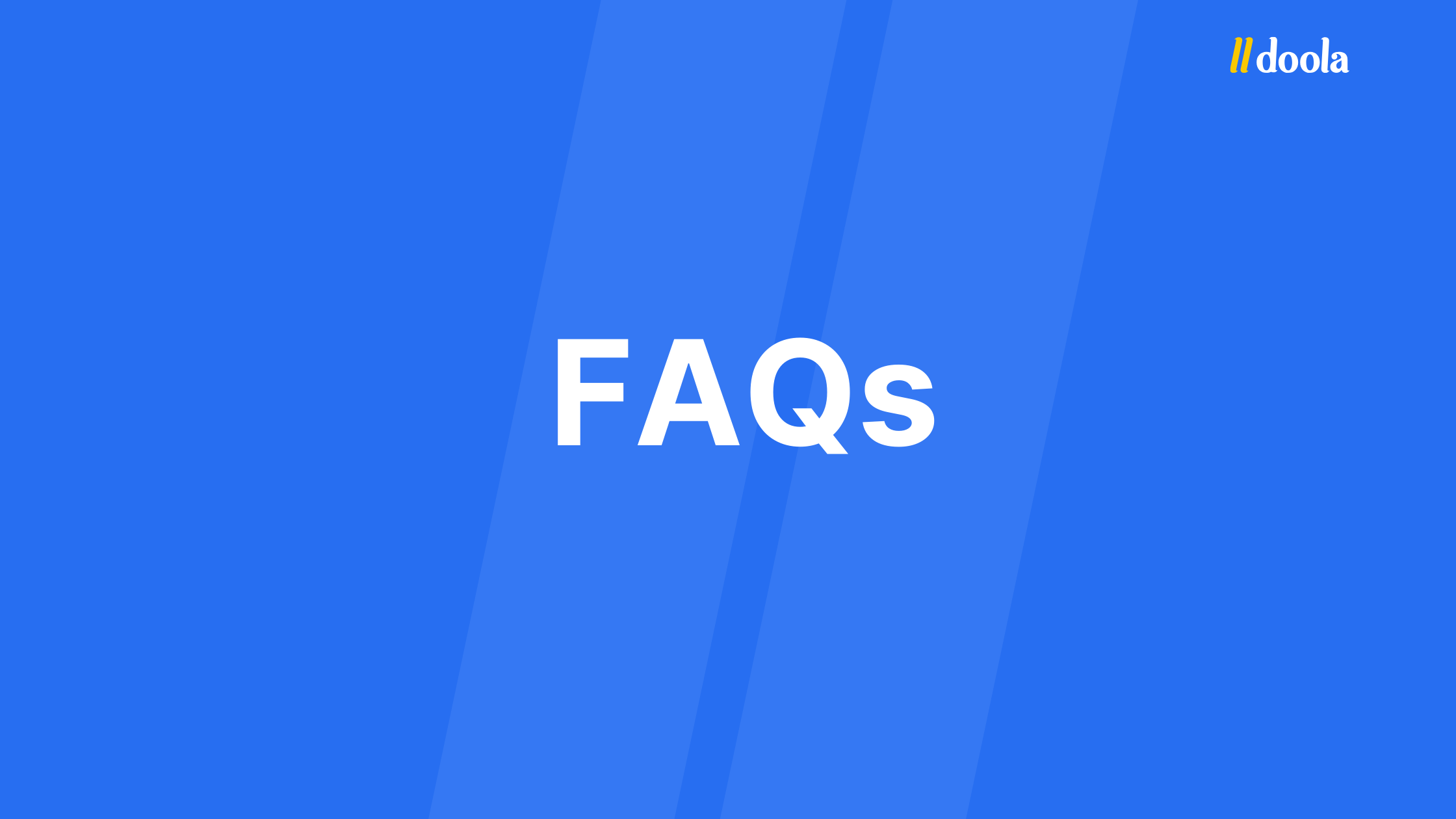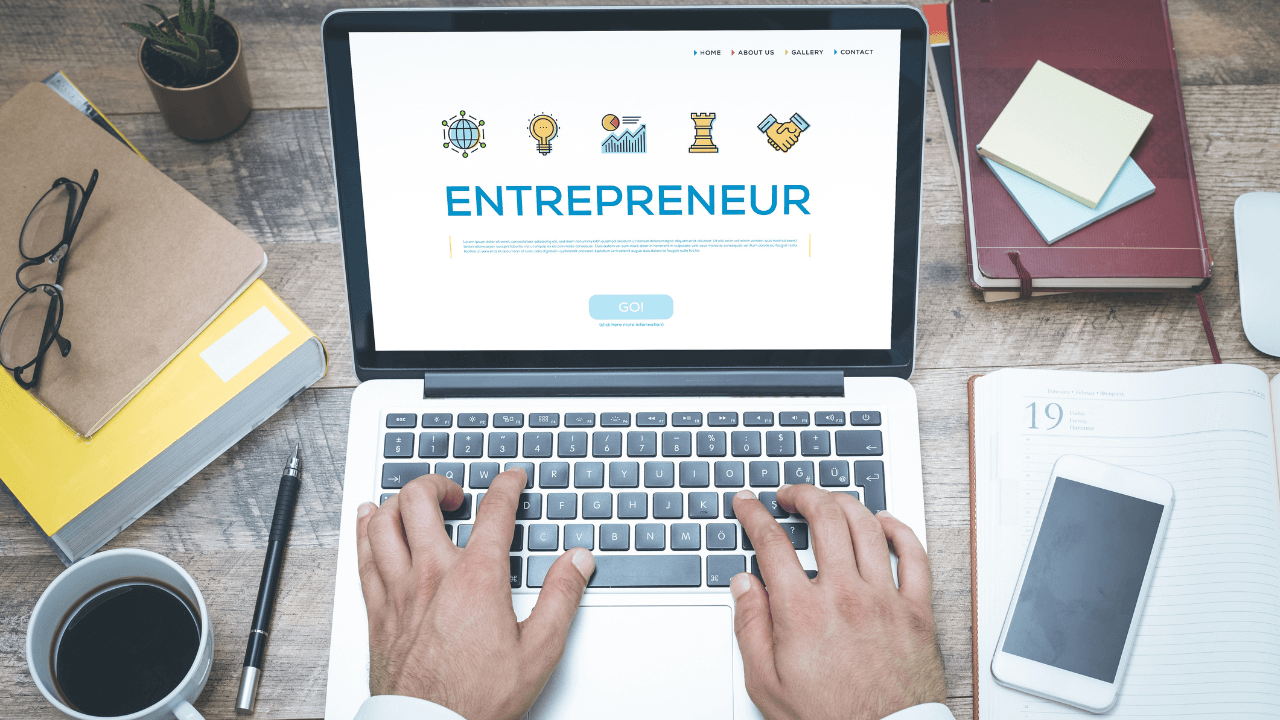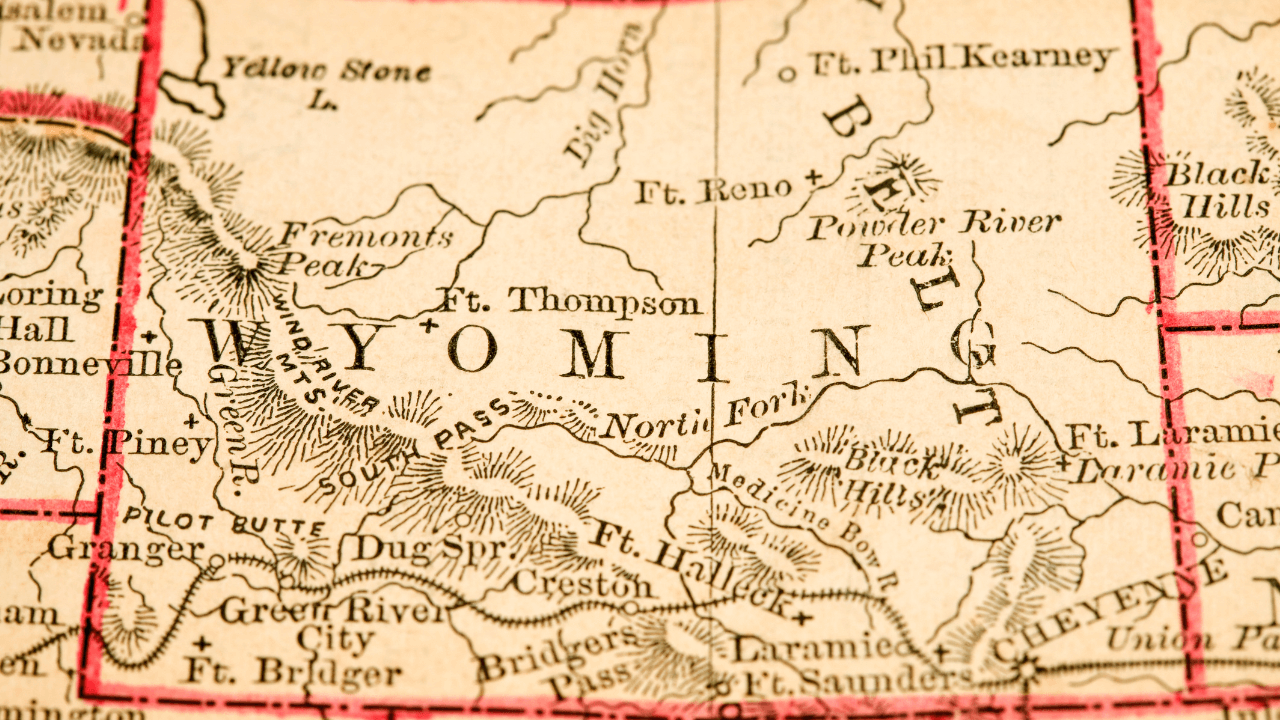Language:
Effective E-commerce Marketing Tips for Success

Struggling to turn clicks into conversions? You’re not alone.
In the jam-packed world of e-commerce, standing out requires a strategic marketing plan. This article offers practical guidance to plan and elevate your online presence and drive sales.
We’ll explore proven best practices for social media engagement, search engine optimization (SEO) and conversion rate optimization (CRO). By implementing these strategies, you’ll transform your website into a powerful sales channel. You’ll attract new customers and strengthen your brand.
Now that you know what’s in it for you, let’s get started!
Understanding Your Online Audience
Before you can win over the online world, you need to know who you’re playing for. That’s where understanding your online audience comes in. You have to know their likes and what makes them tick.
The first step is to identify your target market. Who are your ideal customers? Think about age, interests and even what kind of device they use to browse online. This is not an exercise in vain. It will help you tailor your message to resonate with the right people. Otherwise, imagine showing off a new gaming headset to someone who only reads romance novels — not a great fit, right?
Once you have a bullseye on your target market, it’s time to dig deeper. Here’s where website analytics becomes important. Website analytics tools track how people move around your online space. What catches their eye? What bores them? You can see what content they enjoy and which pages leave them hitting the back button.
When you analyze this data carefully, you can learn what content they want, what problems they’re facing and how your product can save their day. This helps you refine your marketing strategy and speak directly to your customer’s needs.
Think of it this way: the better you understand your audience, the better you can cater to their interests. And that’s a recipe for e-commerce success.
Optimizing Your E-Commerce Website
Your website is your online storefront, it needs to be inviting and easy to navigate. Here’s where website design and user experience (UX) come into play.
You want your website to be clean and organized, with clear menus and a search bar that works right. Showcase your products with high-quality photos and informative descriptions. It will also help if you can ensure that your contact information is easy to find.
Lastly, check for a smooth checkout process so customers don’t abandon their carts at the last minute.
Next, think mobile-first — most people browse online from their phones. If your website looks like a scrambled mess on a small screen, you’re losing sales. Make sure your site is mobile-friendly and loads fast. If it takes forever for your pages to load, they’ll leave even if they’re interested in your products.
Finally, speak the search engine language. What do we mean? Search Engine Optimization (SEO) helps your website climb the ranks in search results. Thus, making it easier for potential customers to find you.
One way to do this is by including relevant keywords throughout your website content. High-quality product descriptions and engaging blog posts also work wonders for SEO. By optimizing your website, you can attract more visitors from search engine pages and boost your sales to get more clients.
Best Practices for Social Media Marketing
Here’s how you should use social media marketing to attract customers:
Pick the right platforms
Not all social media channels are created equal. Instead, focus on the platforms where your target audience hangs out. Are they meme-masters on Reddit? Trendsetters on Instagram? Or business gurus on LinkedIn? Once you’re sure, tailor your content accordingly.
Create engaging content
We can’t emphasize this enough! People scroll through social media feeds fast, so you need to grab their attention and hold it. Eye-catching photos, videos and infographics are a great way to stop the scroll. Use informative posts, fun quizzes and even behind-the-scenes glimpses into your business. The key is to show your brand personality and create content people want to engage with.
Social media is a two-way street
Respond to comments and messages promptly, answer questions thoughtfully and join relevant conversations. Show your audience you care about what they have to say. Running contests and giveaways is another great way to boost engagement and get people talking about your brand.
Mastering Email Marketing for E-Commerce
You have a great website in place. Your social media is taken care of. Yet your business isn’t performing at its best potential. You should consider email marketing to turn website visitors into loyal customers. But how?
Offer website visitors a reason to sign up. Discount codes, exclusive content, or early access to new products are all great incentives. Make signup forms easy to find and use clear language — no one wants to jump through hoops just to get an email.
Then, segment your audience based on interests, purchase history or even location. This way, you can send targeted emails that resonate with each group.
Craft compelling email content. Ditch the robotic tone and write like you’re talking to a friend. Use eye-catching headlines, personalize greetings and keep it concise. Enhance the email with strong visuals and clear calls to action so people can click and buy easily.
We also recommend setting up automated email sequences to nurture leads, win back abandoned carts and re-engage inactive subscribers.
Finally, track your results — open rates, click-through rates and unsubscribe rates. Use this data to refine your e-mail marketing strategy to keep driving traffic and boost your bottom line.
Content Marketing Hacks
- Experiment with different formats like blog posts, infographics and videos to cater to diverse learning styles and keep your audience engaged.
- Position yourself as a trusted expert by addressing your audience’s challenges and offering practical solutions. This helps build trust and establish your brand as a valuable resource.
- Promote your content on social media and partner with other blogs in your niche. This expands your reach and taps into new audiences who might be interested in your offerings.
- Weave stories into your content to engage your audience on an emotional level and make your message more memorable.
- Repurpose existing content into different formats. Turn blog posts into bite-sized social media snippets, infographics into presentations and so on.
- People connect with genuine voices. Inject your brand’s unique humor, style or perspective into your content.
Exploring Paid Advertising Options
Paid advertising can also be a game-changer for reaching new audiences and boosting sales. There are tons of options to choose from, so you can target the right people without breaking the bank.
Search engine ads put your website at the top of search results when people look for relevant keywords. Social media ads allow you to target users on different platforms based on demographics, interests and even online behavior.
Paid advertising works like laser-focused targeting, reaching people who are already interested in what you offer. It can be a great way to drive traffic to your website, generate leads and ultimately convert those visitors into paying customers.
Improving Customer Experience
Happy customers are loyal customers! There are ways to level up your customer experience game. First, put yourself in their shoes. What would make your shopping experience smooth? An easy-to-navigate website, clear product information, and a seamless checkout process. A little surprise can also go a long way. Include a handwritten thank you note with orders, offer free samples or a loyalty program with exclusive perks.
Also, remember that nobody likes being left on hold. Offer multiple channels for customer support, like email, live chat or phone. Respond to inquiries promptly and address concerns with courtesy and empathy.
Don’t be afraid to ask for customer feedback. Use this information to identify areas for improvement and constantly refine your customer experience strategy.
Customer Loyalty and Retention
Customer loyalty and retention are the pillars of e-commerce success. On one hand, retention is all about keeping your existing customers happy and coming back for more. It hinges on a smooth shopping experience, from easy navigation to a painless checkout process.
Top-notch customer service also plays a big role — addressing concerns quickly and efficiently builds trust and keeps customers from jumping ship.
However, loyalty goes a step ahead of retention. It’s about creating a deeper connection with your customers, transforming them from satisfied buyers into enthusiastic fans. Loyalty programs with exclusive rewards are a great way to achieve this. Think discounts, early access to new products, or special birthday offers.
In a nutshell, retention keeps your existing customers happy. But loyalty turns them into brand advocates. By focusing on both, you create a win-win situation.
Analyzing and Adapting Your Strategy
E-commerce success hinges on continuous adaptation. The online business landscape is constantly evolving, and your marketing strategy needs to keep pace. Here’s how to analyze your current approach and make adjustments to stay ahead of the curve.
KPIs, or key performance indicators, act as your compass in the ever-changing e-commerce business world. These metrics track website traffic, conversion rates and customer acquisition costs. Analyzing them reveals what’s working and what needs change.
Is your social media strategy attracting new customers? Are your email campaigns converting clicks into sales? By scrutinizing your KPIs, you can spot areas for improvement and optimize your strategy for better results.
But KPIs only tell part of the story. To truly understand your audience and their needs, you need to dig deeper. This is where website analytics tools and customer surveys come in. These tools provide data on how customers interact with your website, what products they’re interested in and what might be deterring them from making a purchase.
This data can inform crucial decisions about product development, marketing campaigns and even website design. By using data insights, you can tailor your approach to better meet your customers’ needs.
Staying informed about emerging trends and technological advancements is also important. Knowledge is power in this digital age. By keeping an eye on the future, you can adapt your strategy and embrace new technologies.
This could involve optimizing your website for voice search or integrating a mobile wallet payment option to cater to evolving customer behavior. In short, use data and future trends to continuously improve your approach and ensure your e-commerce strategy stays ahead.
Remember, it’s not about a one-time plan — it’s about continuous improvement and adaptation. By consistently refining your approach, you can ensure your online store remains at the forefront.
FAQs
What are some cost-effective marketing strategies?
Don’t underestimate the power of organic reach! Leverage social media platforms to connect with your audience and build brand awareness. Use content marketing with informative blog posts, engaging infographics and social media snippets. Search Engine Optimization (SEO) helps your website rank higher in search results, driving organic traffic without breaking the bank.
What are some common e-commerce marketing mistakes one should avoid?
Ignoring mobile users is a big no. Ensure your website is mobile-friendly and offers a smooth shopping experience on all devices. Neglecting customer service can also damage your reputation. Respond promptly to inquiries and address concerns professionally to build trust with your audience.
Another pitfall is failing to track and analyze your results. Use data from website analytics to understand what’s working and what’s not. Be prepared to adapt your strategy based on the findings.
How important is website design in e-commerce marketing?
An optimized website is essential for e-commerce success. Your website should be visually appealing, user-friendly, and mobile-responsive. High-quality product photos, clear descriptions and a glitch-free checkout process contribute to a positive customer experience and higher conversion rates.
What are some key metrics to measure the performance of my e-commerce marketing efforts?
Use website analytics tools to gain valuable insights into your marketing performance. By analyzing this data, you can identify areas for improvement and optimize your campaigns for better results.
How to determine which social media platforms are most effective for my business?
Focus on the platforms where your target audience is most active. Research to understand where your ideal customers spend their time online. Tailoring your content and brand voice to each platform will also maximize your reach and engagement.
Starting Your Business With doola
Turn your dream business idea into reality! doola will help you form your LLC in any state, fast and easy. Plus, get an EIN and open a business bank account — everything for a smooth launch.
Need a little help? Book a free consultation with a doola expert. We’ll answer your questions and make sure you’re on the right track.
Keep reading
Start your dream business and keep it 100% compliant
Turn your dream idea into your dream business.



